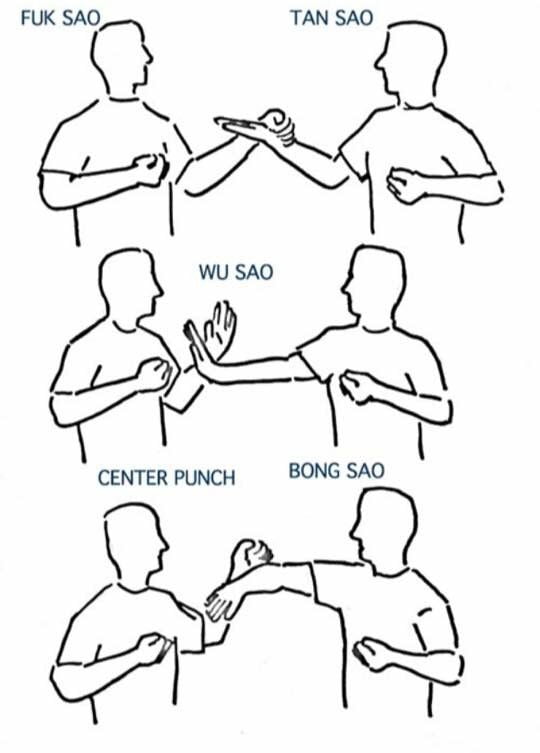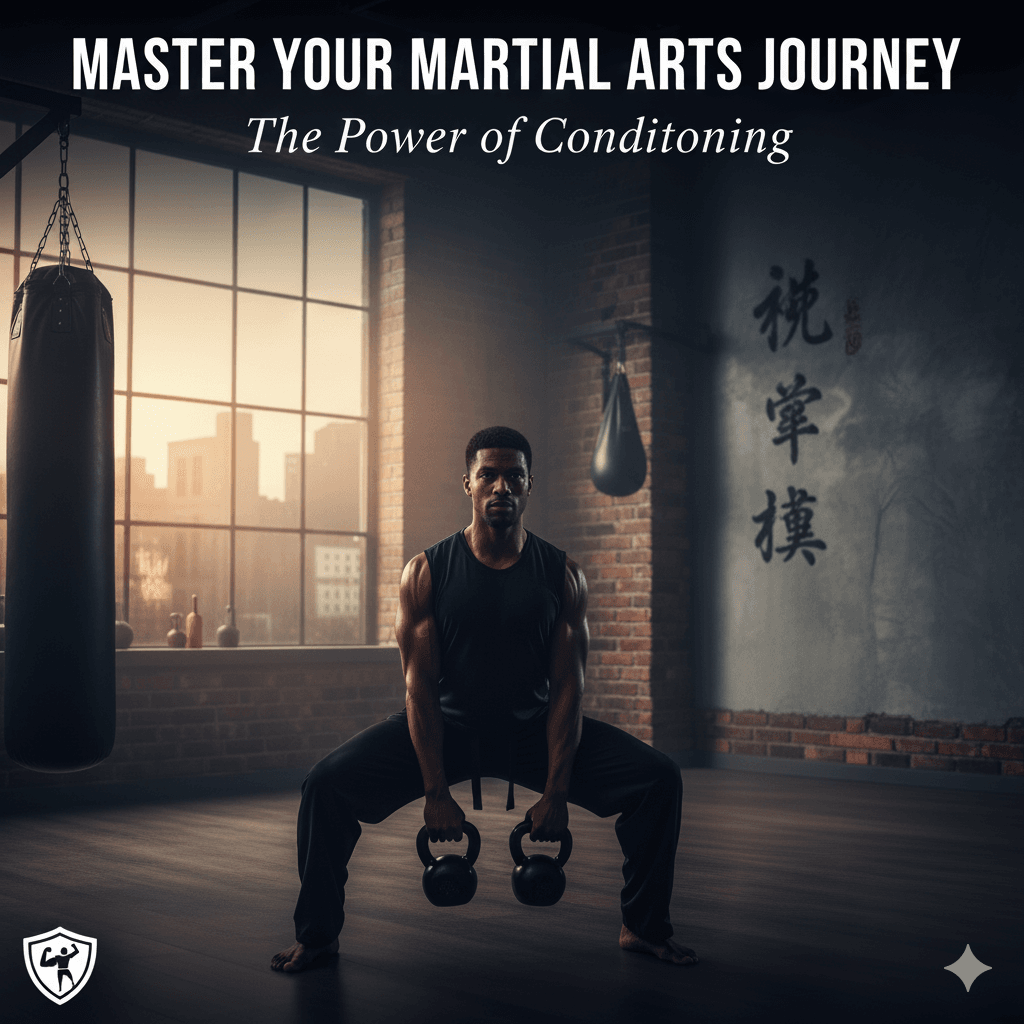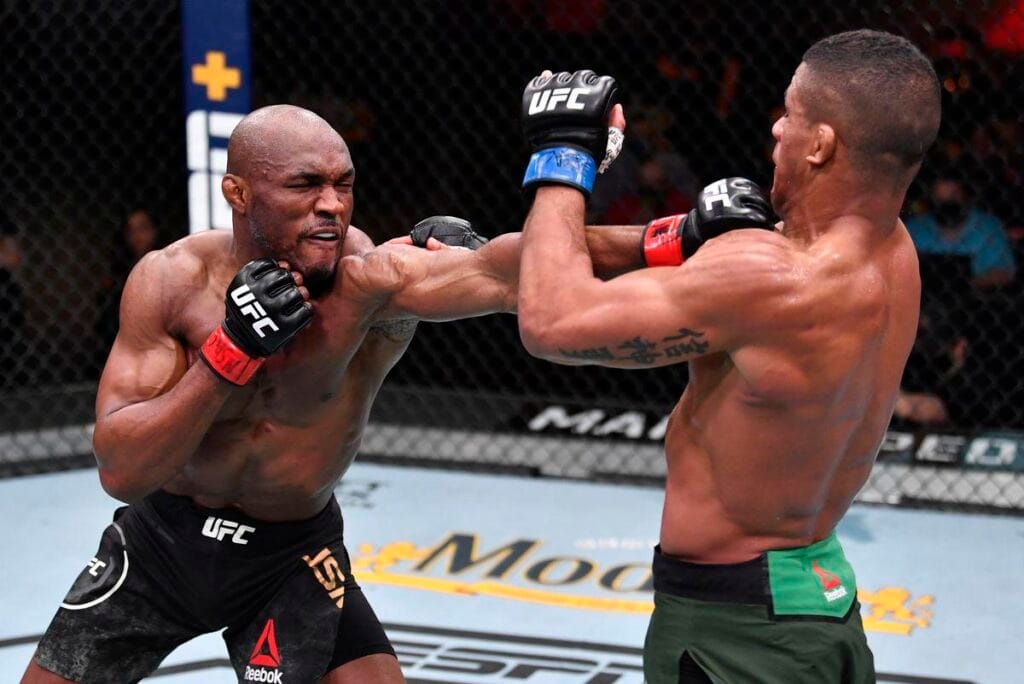Wing Chun is a traditional Chinese martial art known for its efficiency, simplicity, and directness.
Originating in Southern China, Wing Chun arose during the turbulent period of the Qing Dynasty.
attributed to legendary figures such as Yim Wing Chun and later popularized by the renowned Ip Man.
This martial art is distinguished by its unique principles and techniques that set it apart from other forms of martial arts.
The core tenets of Wing Chun include the concepts of centerline theory, simultaneous attack and defense, and economy of motion.
Practitioners are trained to maintain control of the centerline.
which is the imaginary line that runs down the middle of the body.
Allowing them to protect vital areas while attacking the opponent’s vulnerabilities effectively.
Another hallmark of Wing Chun is its emphasis on close-range combat.
Unlike many martial arts that focus on high kicks or acrobatic maneuvers.
Wing Chun techniques are designed for quick, powerful strikes delivered at close quarters.
This makes it an ideal self-defense system, especially in confined spaces where mobility is limited.
Furthermore, Wing Chun employs a unique approach to training through the use of forms, drills, and the wooden dummy.
These training methods help practitioners develop their reflexes, structure, and precision.
The most renowned forms in Wing Chun include Siu Nim Tao, Chum Kiu, and Biu Jee.

each progressively building upon the skills learned in the previous form.
Wing Chun’s historical roots and distinctive features have secured its place as a respected and effective martial art.
Its practicality, combined with a rich cultural heritage.
continues to attract practitioners worldwide, making it a significant discipline in the world of martial arts.
Expert Opinions on Wing Chun
Wing Chun, a traditional Chinese martial art, has garnered a wealth of opinions from experts, instructors, and seasoned practitioners.
Renowned for its close-combat techniques and emphasis on efficiency and directness.
Wing Chun has been both praised and critiqued by various figures in the martial arts community.
Grandmaster Ip Man, perhaps the most famous proponent of Wing Chun, once stated that “Wing Chun is the art of fighting without fighting.”
His philosophy underscores the importance of mental discipline and strategic thinking, which are integral to Wing Chun’s methodology.
Ip Man’s legacy is a testament to the effectiveness of Wing Chun, having trained many notable martial artists, including Bruce Lee.
Bruce Lee himself regarded Wing Chun as a foundational element of his own martial arts development.
He noted that “Wing Chun taught me the importance of simplicity and directness in combat.”
Although Lee eventually branched out to develop his own system, Jeet Kune Do.
He frequently acknowledged the significant influence Wing Chun had on his martial philosophy.
Modern-day instructors, such as Sifu Emin Boztepe, emphasize the practicality of Wing Chun in real-world self-defense scenarios.
Boztepe highlights Wing Chun’s focus on close-range combat and rapid, powerful strikes, making it highly effective in street fighting situations.
He states, “Wing Chun is designed to neutralize threats quickly and efficiently, which is why it remains relevant in today’s world.”
However, Wing Chun is not without its critics.
Some martial artists argue that its techniques can be too rigid and lack adaptability against more dynamic fighting styles.
Mixed martial artist and coach, John Kavanagh, points out, “While Wing Chun has its merits.
it can struggle against opponents who employ a more fluid and unpredictable approach.”
Despite these criticisms, Wing Chun continues to be a respected and influential martial art.
Its emphasis on speed, precision, and economy of movement resonates with many practitioners who seek a disciplined and practical approach to self-defense.
Wing Chun in Popular Culture
Wing Chun has enjoyed significant visibility in popular culture, particularly through its portrayals in movies, television shows, and other media.
One of the most iconic representations of Wing Chun is through the legendary Bruce Lee, who popularized the martial art in the West.
Bruce Lee, a student of Wing Chun master Ip Man, integrated the principles of Wing Chun into his own martial art philosophy, Jeet Kune Do.
His films, such as Enter the Dragon and Fist of Fury, showcased the effectiveness and elegance of Wing Chun techniques, captivating audiences worldwide and sparking a widespread interest in martial arts.
Another significant contribution to the popularity of Wing Chun is the Ip Man film series, chronicling the life of Bruce Lee’s mentor, Grandmaster Ip Man.

These films, starring Donnie Yen as Ip Man, have been critically acclaimed and commercially successful, further cementing Wing Chun’s place in the public imagination.
The series’ realistic and intense fight scenes, combined with the portrayal of Ip Man’s philosophy and discipline.
have not only entertained audiences but also educated them about the principles of Wing Chun.
The influence of Wing Chun extends beyond these prominent examples.
The martial art has been featured in various other films and television series, both in the East and West.
Shows like Warrior, inspired by Bruce Lee’s writings, and movies such as Sha Po Lang have incorporated elements of Wing Chun, contributing to its global recognition.
These portrayals in popular culture have significantly influenced public perception and interest in Wing Chun.
Many individuals have been inspired to take up the practice, seeking to emulate the discipline, skill, and philosophy depicted on screen.
This cultural representation has played a crucial role in the continued relevance and spread of Wing Chun as both a martial art and a way of life.
Testimonials from Practitioners
Wing Chun martial art has garnered a diverse following, with practitioners from various backgrounds sharing their unique experiences and insights.
For many, the journey into Wing Chun starts with curiosity and evolves into a profound commitment.
This section highlights personal stories from individuals at different stages of their Wing Chun practice.
Shedding light on the benefits and challenges encountered along the way.
Jane, a beginner in Wing Chun, shares her initial apprehension and subsequent enthusiasm.
“I started Wing Chun to improve my self-defense skills.
Initially, I was intimidated by the complexity of the moves, but with consistent practice.
I began to see improvements in my coordination and confidence.
The supportive community has been a significant factor in my progress.
It’s empowering to see how far I’ve come in just a few months,” she notes.
For Michael, an intermediate practitioner, the discipline has been transformative both physically and mentally.
“Wing Chun has taught me the importance of balance and control.
Beyond the physical workouts, it has instilled a sense of mental clarity and focus.
I’ve also noticed a significant improvement in my posture and overall fitness.
The challenges are real, especially when mastering the techniques, but the rewards are immense,” he explains.
Advanced practitioners like Sarah emphasize the deeper philosophical aspects of Wing Chun.
“After years of training, Wing Chun has become more than just a martial art; it’s a way of life.
The principles of efficiency and simplicity in Wing Chun resonate with many aspects of daily living.
It’s about staying calm under pressure and making the most of every movement.
The challenges never end, as there’s always something new to learn or refine, but that’s what keeps me motivated,” she reflects.
These testimonials highlight the multifaceted nature of Wing Chun.
Showcasing the personal growth and benefits experienced by practitioners at various levels.
From building self-confidence and physical fitness to embracing a holistic approach to life.
Wing Chun offers a unique and enriching journey for all its followers.
Comparative Analysis with Other Martial Arts

Wing Chun, an ancient Chinese martial art, is often compared with other popular disciplines like Karate, Taekwondo, and Brazilian Jiu-Jitsu.
Each martial art has its unique strengths and weaknesses, depending on the context in which it is practiced.
Wing Chun, in particular, is renowned for its close-range combat techniques, economy of motion, and emphasis on centerline theory.
In the realm of self-defense, Wing Chun offers significant advantages due to its focus on quick, efficient strikes and blocks.
Practitioners can effectively neutralize threats by targeting vulnerable areas with rapid, precise movements.
Unlike Karate and Taekwondo, which often incorporate high, flashy kicks.
Wing Chun emphasizes low kicks and hand techniques.
making it highly practical in real-world confrontations.
However, when it comes to competitive environments, Wing Chun may face limitations.
The sport-oriented nature of Karate and Taekwondo, with their point-based systems and tournament structures.
provides a clear framework for competition.
Brazilian Jiu-Jitsu (BJJ), known for its grappling and ground-fighting prowess.
also excels in competitive settings, with practitioners often dominating mixed martial arts (MMA) tournaments.
Wing Chun’s traditional techniques, though effective in self-defense, are less suited to the rules and regulations of modern combat sports.
From a physical fitness perspective, Wing Chun can be less demanding than the high-intensity.
acrobatic movements seen in Taekwondo or the rigorous conditioning required in BJJ.
However, it still offers a comprehensive workout, enhancing coordination, balance, and reflexes.
Practitioners often highlight the mental discipline Wing Chun instills, emphasizing mindfulness and strategic thinking.
Insights from martial artists with experience across these disciplines reveal a common theme:
each martial art offers unique benefits.
A practitioner who has trained in both Wing Chun and Brazilian Jiu-Jitsu.
for instance, Wing Chun’s efficiency in close-quarters combat while valuing BJJ’s effectiveness on the ground.
Similarly, those with a background in Karate or Taekwondo might find Wing Chun’s emphasis on direct.
Practical techniques to be a refreshing complement to their training.
Scientific Research on Wing Chun
Scientific inquiry into Wing Chun martial art has provided valuable insights into its biomechanics.
health benefits, psychological effects, and effectiveness in self-defense scenarios.
A number of studies have explored these dimensions.
shedding light on the intricate mechanisms and impacts of this traditional martial art.
From a biomechanical perspective, research has demonstrated that Wing Chun emphasizes efficiency of movement and energy conservation.
The art’s unique techniques, such as the centerline theory and simultaneous attack and defense, have been shown to enhance speed and precision.
Studies using motion capture technology have revealed that Wing Chun practitioners exhibit superior balance and coordination.
crucial factors in both training and real-world applications.
Health benefits associated with Wing Chun practice have also been a subject of scientific scrutiny.
Regular participation in Wing Chun training has been linked to improved cardiovascular health.
increased muscle strength, and enhanced flexibility.
A study published in the “Journal of Sports Science and Medicine” found that Wing Chun practitioners exhibited lower resting heart rates and better aerobic capacity compared to non-practitioners.
Additionally, the low-impact nature of Wing Chun makes it accessible to a wide range of individuals.
including older adults seeking a safe form of physical activity.
Psychological effects of Wing Chun are equally noteworthy.
Research has indicated that the mental discipline required in Wing Chun can lead to reduced stress levels and enhanced cognitive functioning.
Practitioners often report improved focus, heightened self-awareness, and a sense of mental clarity.
These benefits are particularly advantageous in today’s fast-paced world, providing a holistic approach to mental well-being.
In terms of self-defense, empirical studies have validated Wing Chun’s effectiveness.
Its close-quarter combat techniques are designed for real-life scenarios.
emphasizing rapid response and adaptability.
Studies have shown that Wing Chun practitioners are able to neutralize threats quickly and efficiently.
Making it a practical choice for personal protection.
Overall, scientific research supports the multifaceted benefits of Wing Chun martial art.
Its biomechanical efficiency, health advantages, psychological benefits, and self-defense efficacy make it a well-rounded discipline with significant implications for practitioners.
Global Presence and Community
Wing Chun martial art has established a significant global presence.
with a thriving community that spans multiple continents.
The art form’s adaptability and effectiveness have enabled it to transcend cultural and regional boundaries.
making it a popular choice for martial arts enthusiasts worldwide.
Major Wing Chun organizations, such as the International Wing Chun Organization (IWCO) and the Ving Tsun Athletic Association (VTAA).
play a pivotal role in uniting practitioners and promoting the art on an international scale.
Numerous Wing Chun schools can be found in various countries.
each contributing to the art’s dissemination and evolution.
In the United States, for example, the Wing Chun Kung Fu Council has established a strong foothold.
with schools in cities like New York, Los Angeles, and San Francisco.
Similarly, in Europe, organizations such as the European Wing Chun Organization (EWCO) have facilitated.
The growth of the martial art in countries like Germany, the United Kingdom, and France.
The adaptability of Wing Chun has allowed it to evolve in different cultural contexts.
In countries like Brazil and Argentina, practitioners have integrated elements of their native martial arts.
Leading to unique interpretations and styles of Wing Chun.
This cultural infusion has not only enriched the martial art but also broadened its appeal to a diverse audience.
Wing Chun events and competitions further foster a sense of community among practitioners.
Annual gatherings, such as the World Wing Chun Conference and the Wing Chun Open Championships.
provide a platform for martial artists to showcase their skills, exchange knowledge, and celebrate their shared passion.
These events are instrumental in strengthening the bonds within the Wing Chun community and promoting the art’s continued growth and development.
In summary, the global reach of Wing Chun martial art is a testament to its enduring appeal and adaptability.
Through the efforts of major organizations, schools, and events.
Wing Chun continues to thrive and evolve, fostering a vibrant and diverse international community.
Future of Wing Chun Martial Art
As we look towards the future of Wing Chun, it is clear that this ancient martial art will continue to evolve and adapt to the modern world.
Emerging training technologies are already playing a significant role in shaping the way practitioners learn and perfect their techniques.
Virtual reality and augmented reality offer immersive training experiences that were once unimaginable.
allowing students to practice forms and sparring in a highly controlled environment.
These advancements not only enhance learning outcomes but also make Wing Chun more accessible to a global audience.
Furthermore, the potential new applications of Wing Chun are expanding its relevance beyond traditional martial arts settings.
With an increasing focus on self-defense, many see Wing Chun’s principles being incorporated into personal safety courses and law enforcement training programs.
The efficiency and practicality of Wing Chun make it an ideal choice for those seeking effective self-defense techniques that can be learned and applied quickly.
Experts in the field have varying opinions on where Wing Chun is headed.
Some believe that the martial art will experience a resurgence in popularity as more people seek holistic and practical self-defense systems.
Renowned Wing Chun master Samuel Kwok suggests that the integration of modern training tools will not only preserve the art but also enhance its effectiveness.
On the other hand, some purists worry that the essence of Wing Chun may be diluted by these technological advancements.
Additionally, the evolving role of Wing Chun in the modern world cannot be ignores.
In a society where mental and physical well-being are increasingly priority.
Wing Chun’s emphasis on mindfulness, balance, and internal energy resonates with many.
As a result, expect that Wing Chun will continue to attract individuals seeking a comprehensive martial art that promotes both physical and mental health.
In conclusion, the future of Wing Chun martial art appears promising.
with emerging technologies and new applications enhancing its practice and relevance.
As it adapts to contemporary needs, Wing Chun will likely continue to thrive and maintain its esteemed position in the world of martial arts.



